Selecting the right chemical storage tank
The requirements of a chemical storage tank are complex and varied; using the wrong tank in an application can have serious consequences – whether for the chemical being stored, the environment, or the people on site.
Rightly, there’s no one-size-fits-all solution for chemical storage, nor should there be an “off-the-shelf” option when containing aggressive and corrosive chemicals. The right tank is the one that’s been specifically designed and manufactured to meet the requirements of your site and application – that’s why Chem Resist offer bespoke chemical tank manufacturing and installation.
Tank Purpose
Whether a tank will be used for the storage, mixing or processing of chemicals, it’s purpose has fundamental implications for the design. Internal mixing can be added used to create chemical blending tanks, or chemical process tanks, meeting the demands of specific chemical processes. If a tank is to be only used for storage, bunded chemical tanks feature integrated bunds that provide secondary containment and additional safety.
Chemicals Used
The type of chemical stored – particularly in the case of corrosive and aggressive chemicals – plays a large part in the specification of a chemical tank. Not just the chemical itself, either – concentrations, volumes and operating temperatures are also important factors. Bulk storage of sulphuric acid, for example, has different requirements to sodium hypochlorite handling and storage, or indeed to standard polymers or chemical solutions. More hazardous chemicals will often require the extra containment that bunded chemical storage tanks can provide.
Site Footprint
Understanding the available space for the tank is essential. If a tank is to be installed in a constrained space, it may need to be taller to meet the desired volumes, which in turn influences the structure of the tank, and also impacts the access requirements.
Base Construction
While flat-based tanks are standard for many storage applications, tanks can also be manufactured with coned or sloped bases. These are typically used when tanks need to be fully drained regularly, with slope-bottom tanks particularly useful for heavier liquids, or those with high solid content.
Access Requirements
Inspecting and maintaining a tank on a regular basis will keep it operational. Carrying out these activities could require ladders, handrails, side manways and the need for roof strengthening, so these should all be considered as part of the tank design.
Fluid Transfer and Pipework Requirements
Storing chemicals will only be part of the application, moving chemicals from the delivery tanker into storage and from storage through to an onward process will demand pipework, pumps, valves, switches and level controls. We can help provide these additional components and a full turnkey service for your project.
Bespoke Chemical Storage Tanks
Chem Resist are a leading supplier of chemical storage and transfer solutions. We specialise in bespoke vertical, cylindrical thermoplastic tanks, including our range of bunded chemical storage tanks.
Our expert chemical storage tank design process enables us to fabricate the optimum chemical tank for your process needs.
You can find out more about our range of tanks by visiting our chemical storage tanks page. If you have any questions, contact our team of friendly experts and they will be more than happy to help you.
To be sure you’re providing us with the best-possible information about your tank requirements, use our technical quotation form – created by our team, it will guide you through the detailed steps to specifying your tank.
Find out more about our chemical storage tanks
Back to Blog